Author: Paul Titmuss
-
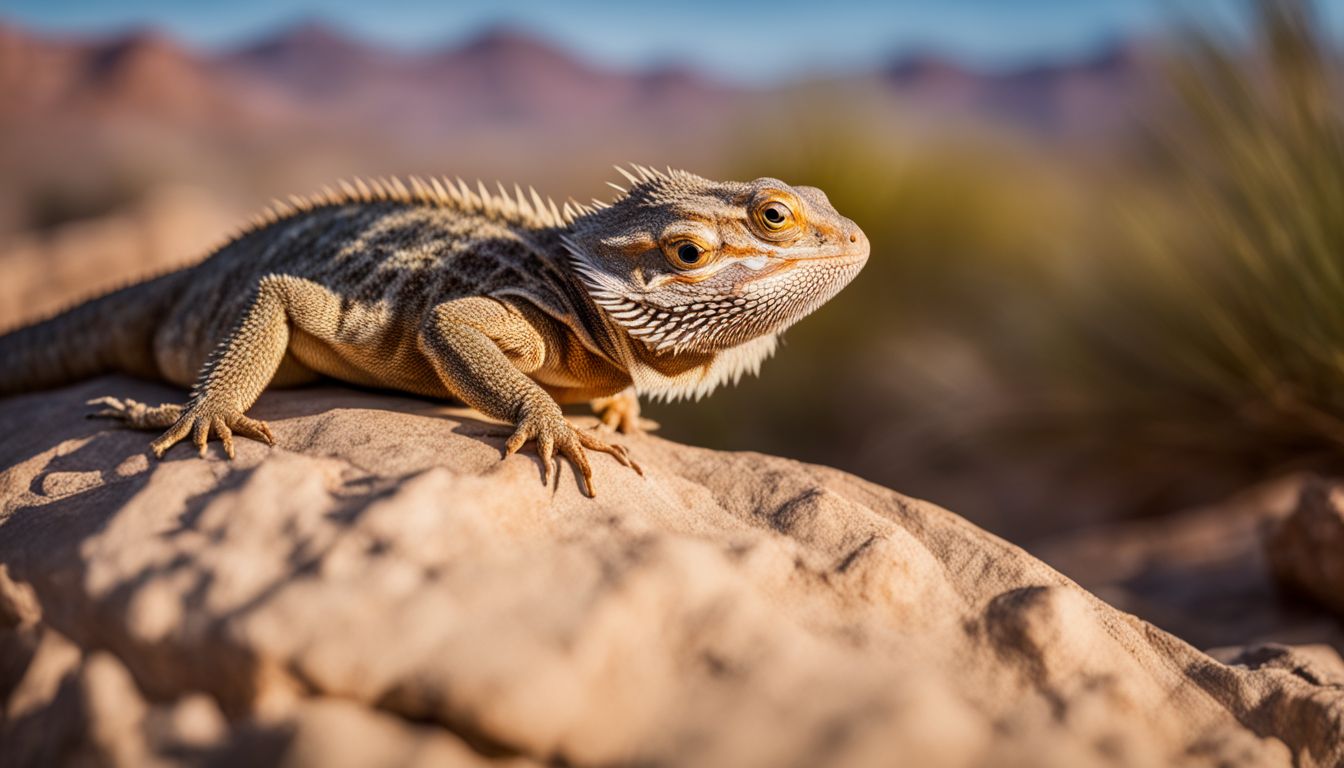
bearded dragon wagging tail
Have you ever noticed your bearded dragon wagging its tail and wondered why? Tail wagging in these reptiles can signal emotions ranging from excitement to stress. This article will explore the reasons behind this behavior, offering tips on how to respond for a happy and healthy pet. Stay tuned! Exploring the Phenomenon: Why do Bearded…
-
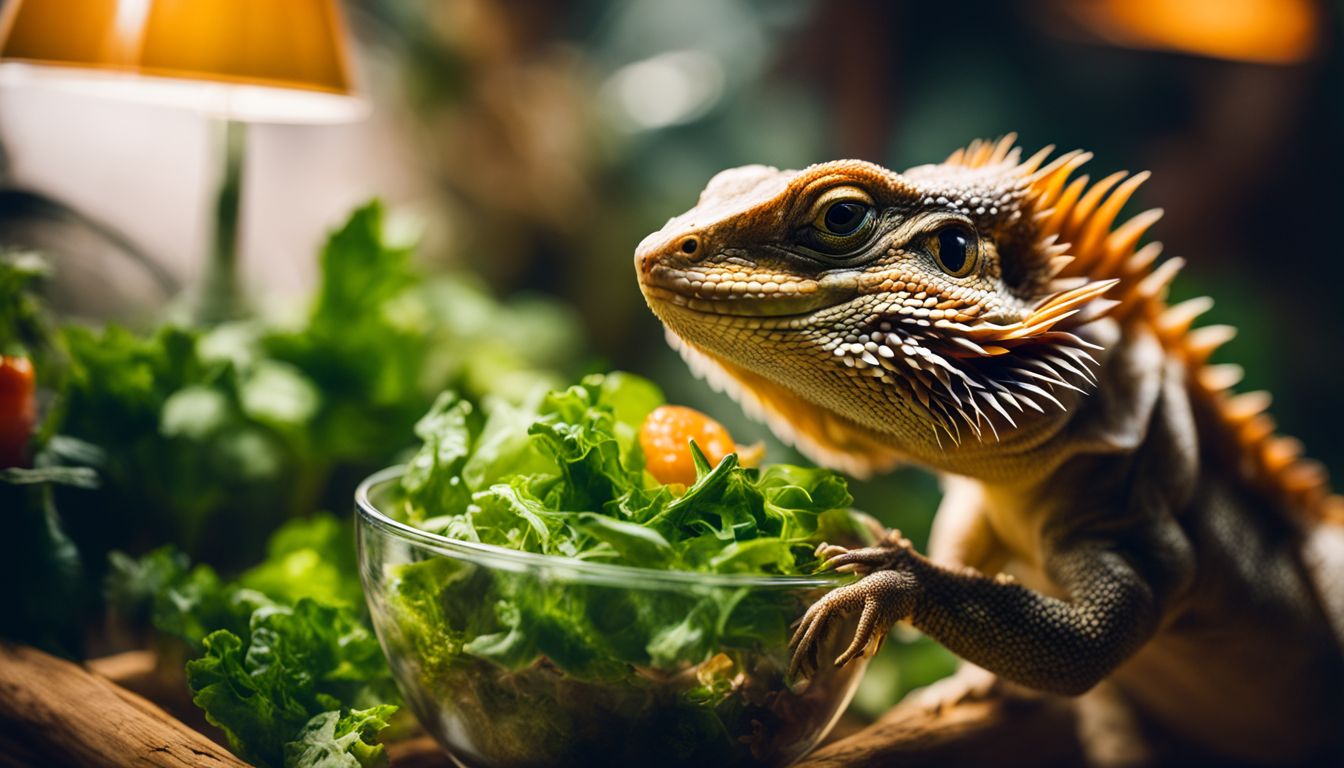
bearded dragon salad dressing
Struggling to keep your bearded dragon’s diet interesting and nutritious? Bearded dragon salad dressing is here to help. Packed with essential micronutrients and minerals, this unique supplement boosts appetite while supporting digestive health. Our article guides you through its benefits, usage, and where to find it—making mealtime a breeze for your pet. Keep reading for…
-
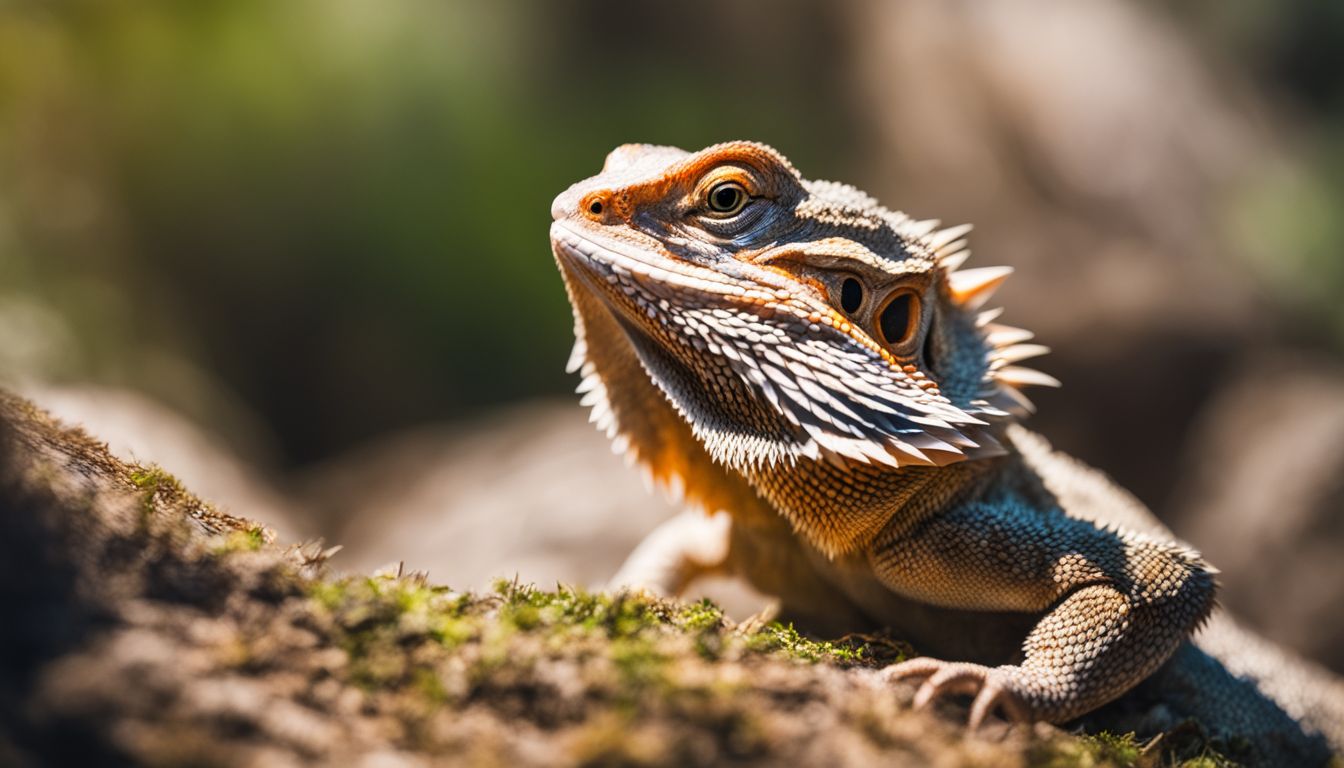
bearded dragon swollen neck
Noticing your bearded dragon‘s neck looking swollen? You’re not alone. This is a common issue that can stem from various causes, ranging from normal behaviors to potential health concerns. Our article offers clear, step-by-step guidance on identifying the reason behind the swelling and how to address it effectively. Keep reading for insights and solutions! Understanding…
-
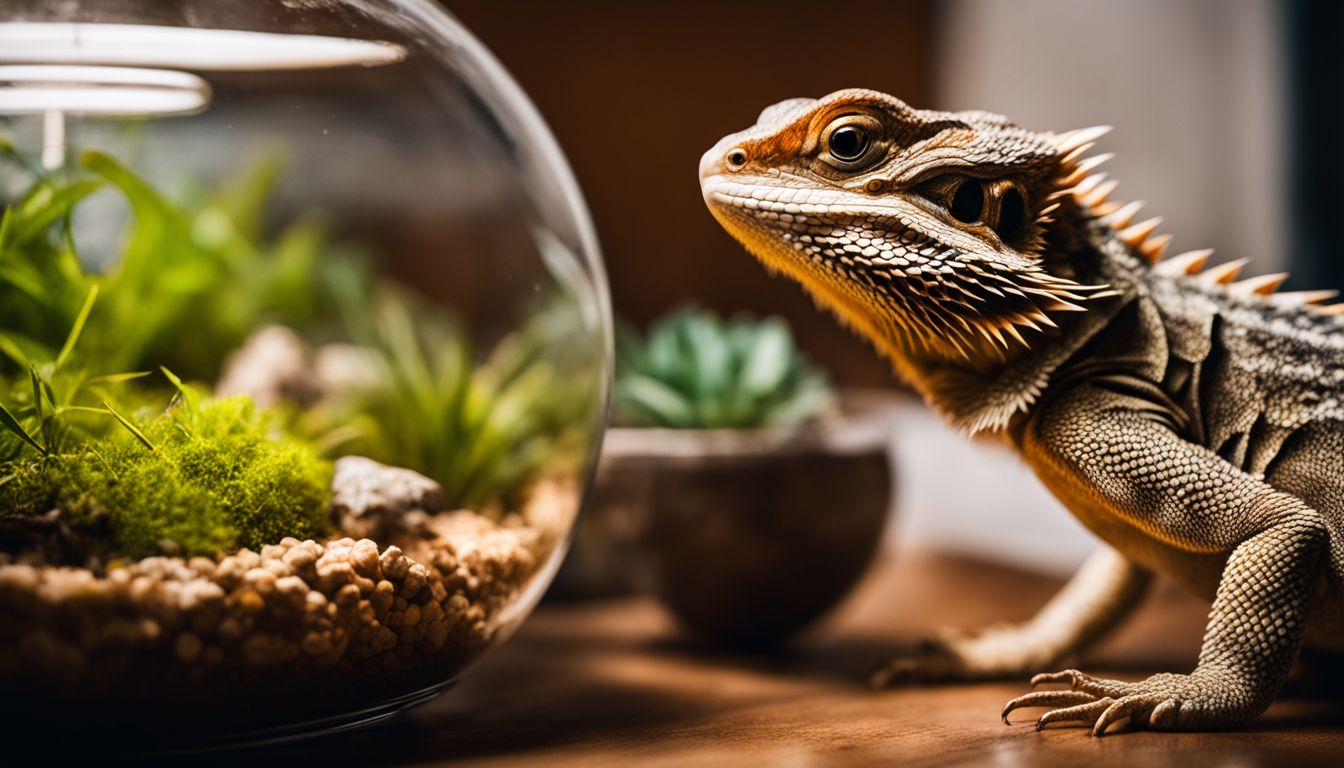
bearded dragon throwing up water
Seeing your bearded dragon throwing up water can be alarming. It’s a sign that something might not be right with their health or environment. This article will guide you through understanding why this happens and how to help your pet feel better. Stay tuned for helpful tips and insights. Understanding Bearded Dragon’s Vomiting Bearded dragon…
-
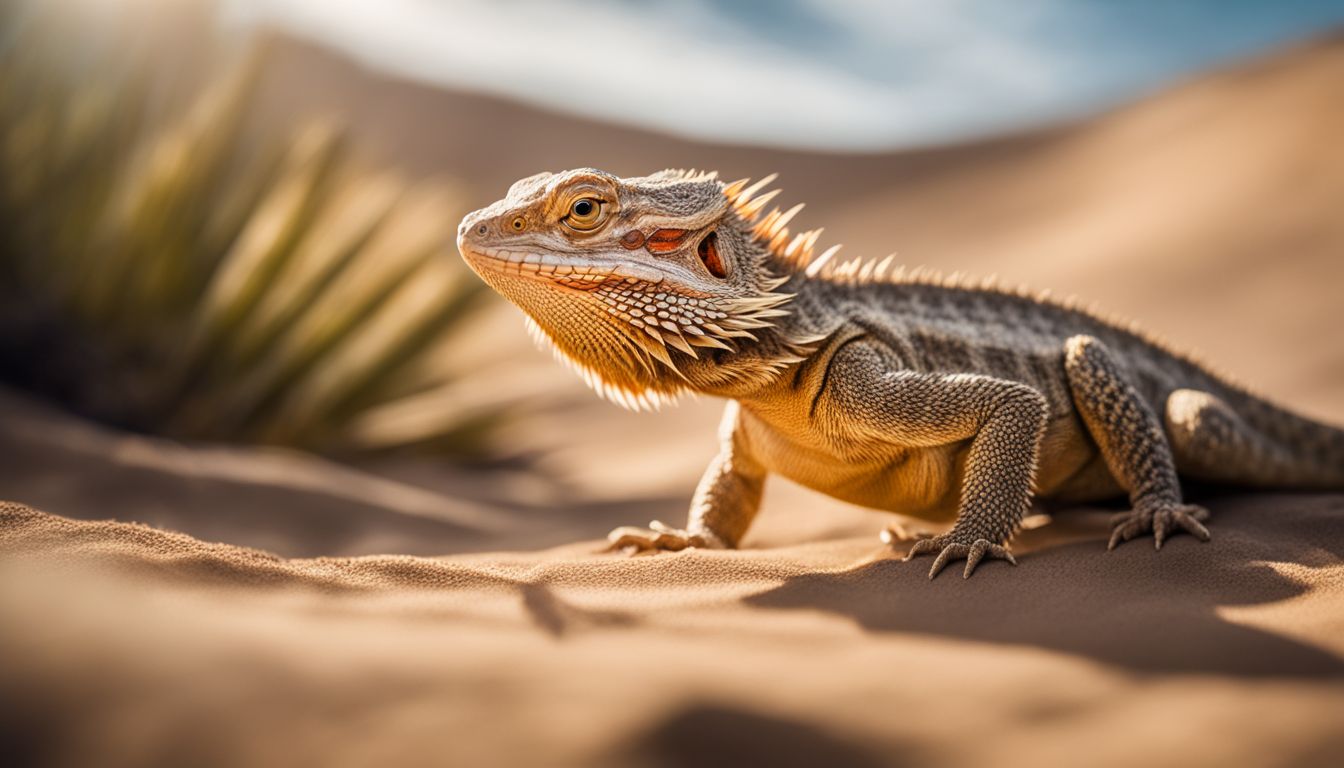
bearded dragon running around like crazy
Is your bearded dragon darting around their tank like they’re on a mission? It’s noteworthy that bearded dragons can run up to 9 mph. Our guide dives into why this happens and offers solutions to calm your scaly friend. Stay tuned for expert advice. Understanding Bearded Dragon Behavior Bearded dragon behavior includes unique actions like…
-
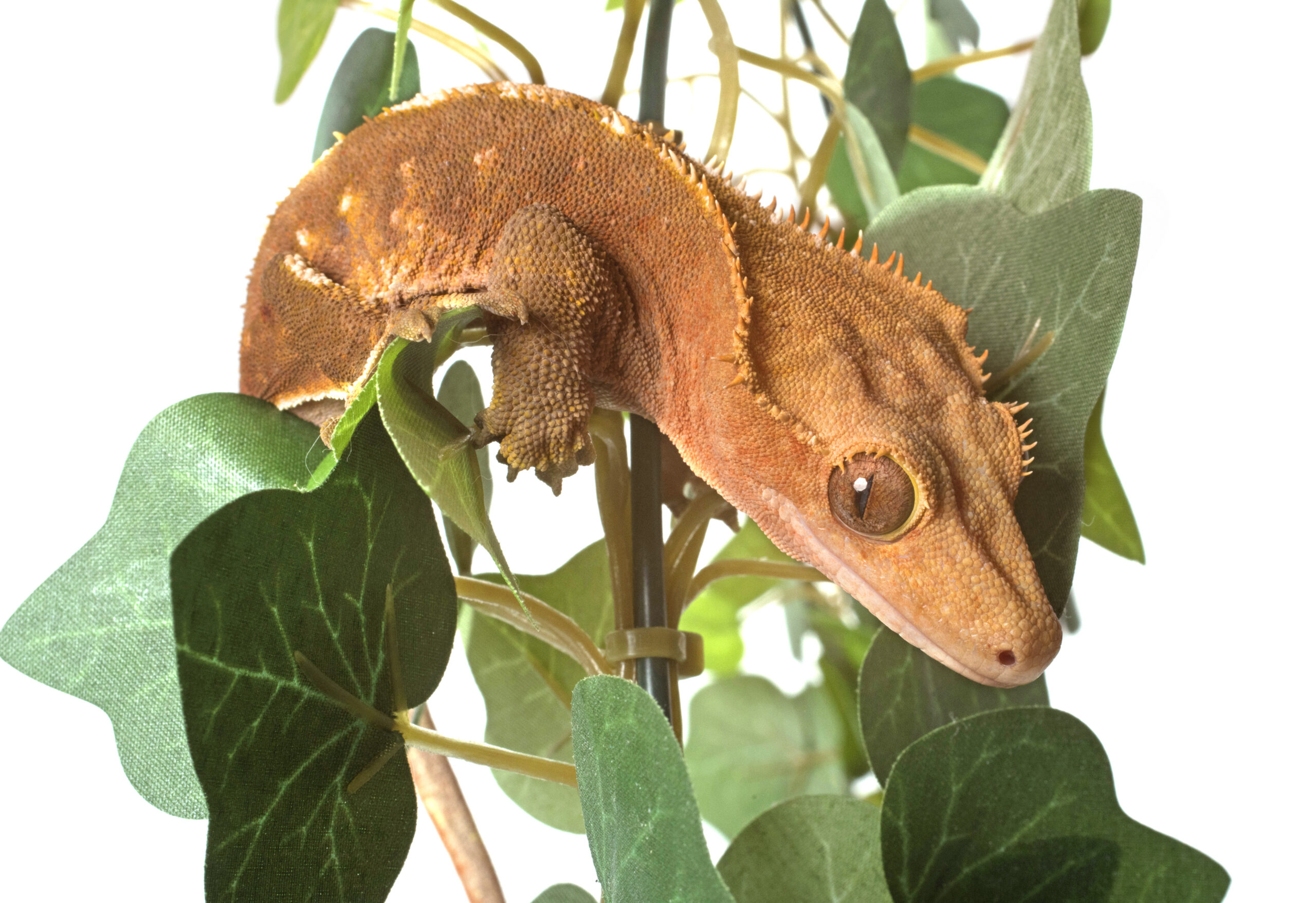
Can Crested Geckos Swim? Understanding Their Ability in Water
Have you ever seen your crested gecko perched happily on a branch and wondered, “Can these little climbers handle the water?” It’s a question many new pet owners ask when they think about the various needs of their scaly friend. Understanding how crested geckos interact with water is crucial for keeping them healthy and stress-free.…
-
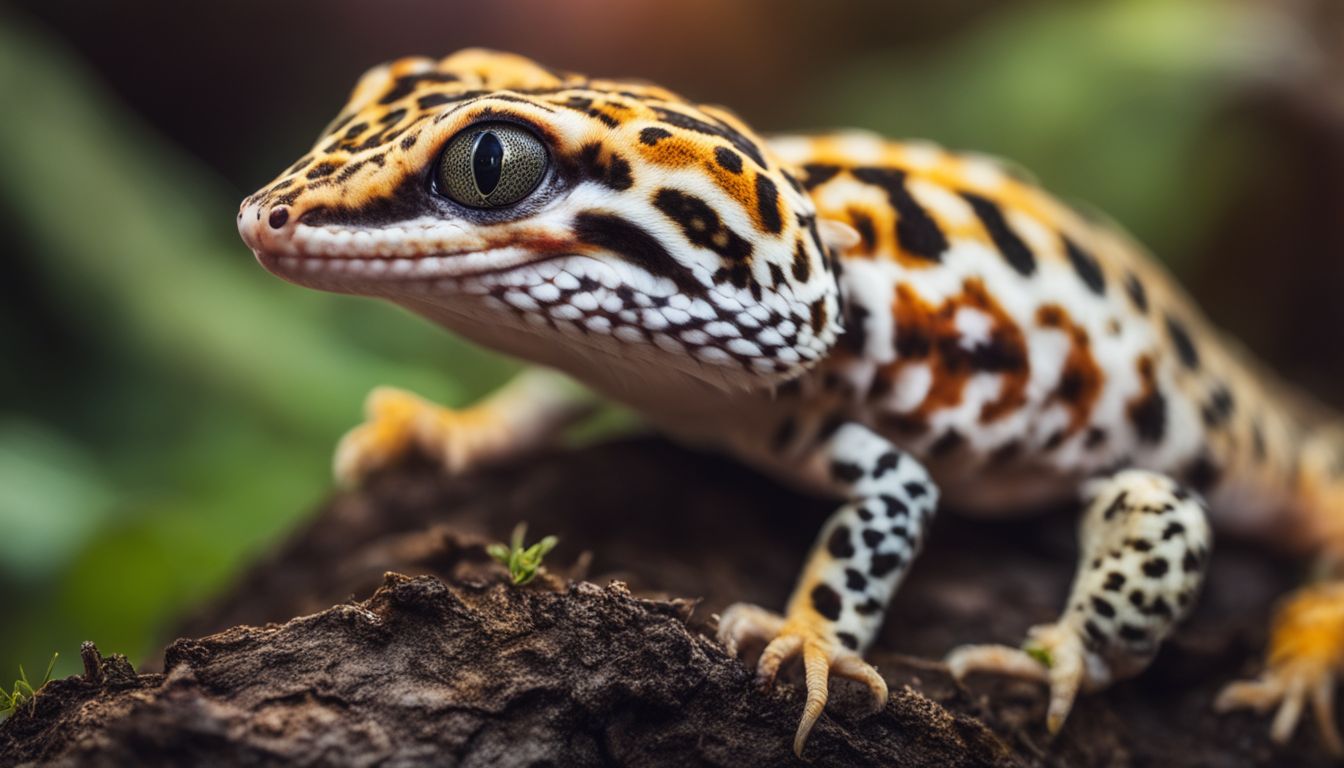
Can Leopard Geckos Eat Nightcrawlers as Part of Their Diet?
Are you wondering if it’s okay to give your leopard gecko nightcrawlers for dinner? Many pet owners are curious about the best diet to keep their scaly friends happy and healthy. It can be tricky figuring out what foods provide the right nutrition for these adorable reptiles. One important fact to remember is that leopard…
-
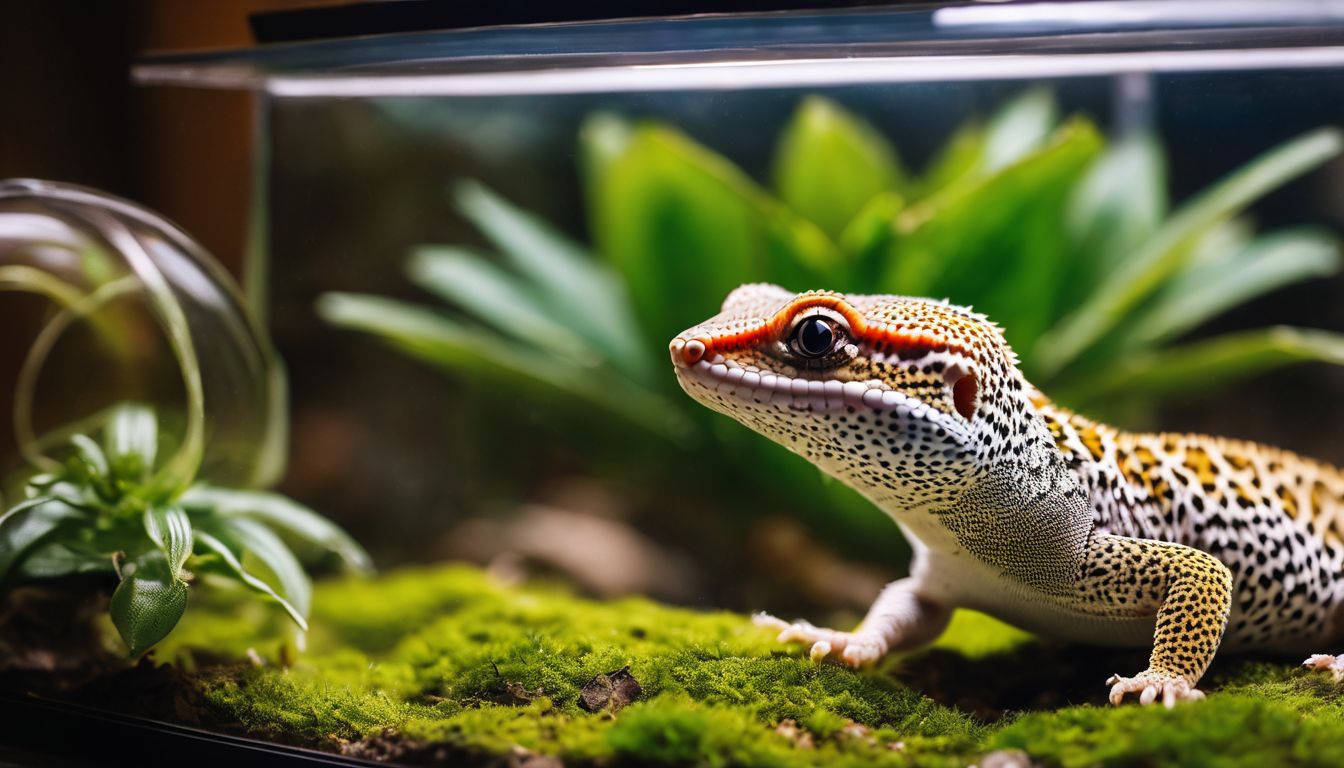
Can Leopard Geckos Eat Beetles? A Complete Guide to Feeding Your Gecko
As a proud owner of a leopard gecko, you may often find yourself wondering about the best foods to keep your scaly friend healthy and happy. With their cute smiles and curious eyes, these little reptiles have a way of becoming part of the family. But when it comes to their diet, things can get…
-
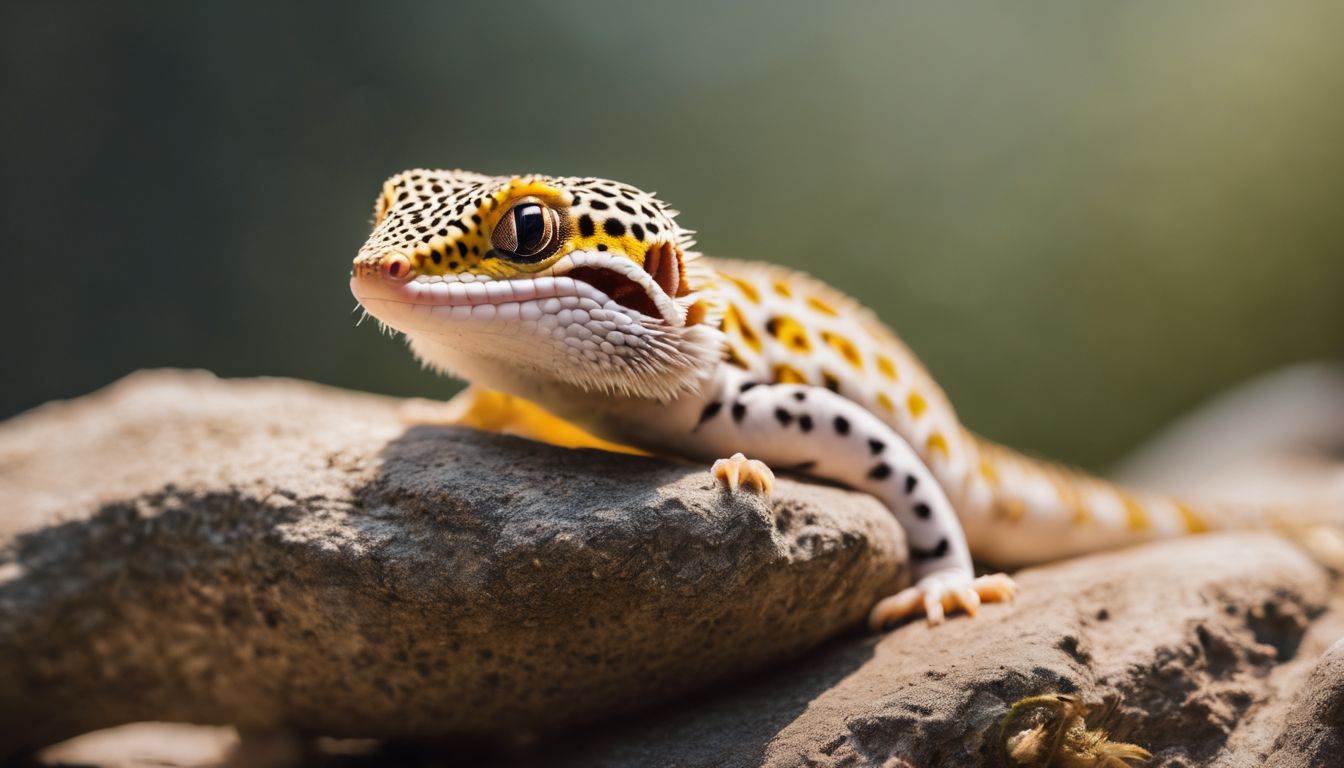
Why Does My Leopard Gecko Stare At Me? Understanding the Behavior and Reasons Behind It
Have you ever caught your leopard gecko staring at you and wondered what’s going through their little reptilian mind? It can be both intriguing and a tad unsettling to see those steady, unblinking eyes fixed on you. Is it affection, curiosity, or something more? Well, if you’ve noticed this behavior and are trying to decode…
-

Why is My Crested Gecko Pale: Understanding Shedding, Mood Changes, and Environmental Factors
Have you ever noticed your crested gecko looking unusually pale and wondered why? As a loving pet owner, it’s natural to worry when you see changes in your little friend. Pale coloration can be baffling, but often there’s a simple explanation: shedding, mood shifts, or tweaks in their living space could be the culprits. One…
